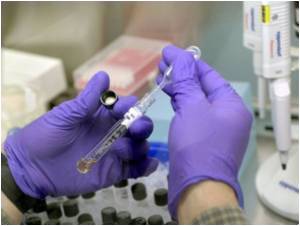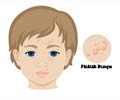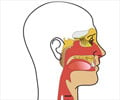
All viral infections are caused by an individual virus binding to specific receptors on the surface of a host cell. The thousands of copies of the virus which the host cell produces, quickly attack new cells and illness becomes inevitable. Early identification and understanding of how a virus binds to the cell's surface is vital in overcoming the disease.
Researchers at Chalmers and at the University of Gothenburg's Sahlgrenska Academy have now taken an important step towards both making diagnosis more effective and improving options for developing virus-inhibiting drugs. The results, soon to be published in the prestigious journal Physical Review Letters, are based on a method developed at Chalmers.
"Briefly, the method makes it possible to identify and study individual viruses, 40 nanometres in size. No other method, based on similar simple analysis, provides the same level of sensitivity without the virus having been modified in some way before the analysis," says Professor Fredrik Höök who led the study.
At the Sahlgrenska Academy, Professor Göran Larson has succeeded in identifying a number of sugar molecules which bind strongly to the particular virus that causes winter vomiting disease. This knowledge has now been combined with the methodology developed at Chalmers and the result is an opportunity to study in detail the very first contact between a virus and the surface of the cell which contains a number of different sugar molecules.
The increased level of sensitivity offered by this method may make it central to the assessment of drug candidates developed with the aim of preventing the virus from binding to its host cell.
Advertisement
Furthermore, as the individual virus can be identified, the researchers hope that it will be possible to attack the very small quantities of virus responsible for spreading the disease, e.g. via drinking water, at an earlier stage than is possible today.
Advertisement















